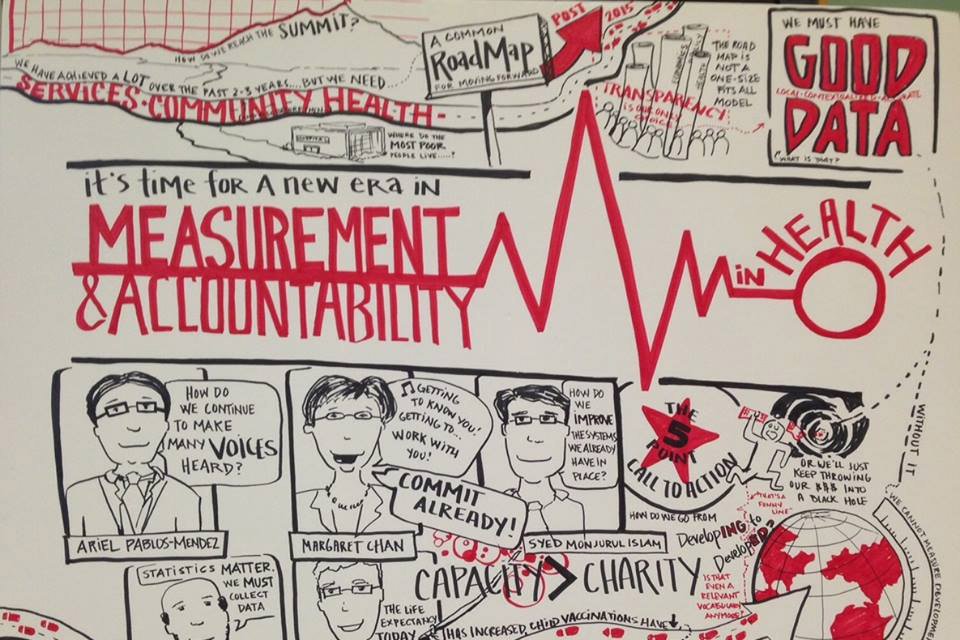As the post-2015 agenda ramps up and the international community prepares for the official launch of the Sustainable Development Goals, the focus is turning to what tools can make the SDGs achievable. One major change that has occurred since the release of the MDGs is the data revolution, where big data can now be used to gauge the progress of goals and identify program gaps. At a meeting this week in Washington, DC, key development stakeholders are tackling the questions of how the data revolution can help achieve health-related SDGs and move closer to universal health coverage across the world.
One area where data is already used extensively is in public health. While the MDGs focused mainly on specific diseases – mainly HIV/AIDS and malaria – the SDGs break out of that disease-focused silo to take on broader issues such as universal health coverage, reduction of non-communicable diseases like heart disease and diabetes, and reducing deaths by road accidents. This marks a significant change for the public health community from the last 15 years, but many of the lessons learned in tackling the MDGs are still relevant for the post-2015 agenda.
This is the focus of this week’s Health Summit at the World Bank among governments, multilateral organizations and aid agencies. At a press briefing earlier in the week, Tim Evans of the World Bank noted that no one actor can achieve these goals alone. It will take a concerted effort by all stakeholders, as well as cooperation between different development projects, to make these goals a reality.
In particular, there is the need to improve the ability of developing countries to gather their own data on the state of their population. This extends to even the most basic of statistic gathering: who is born in the country and where. Unfortunately, this remains a serious challenge for many developing countries, with women, ethnic minorities and the poor bearing the brunt of the lack of birth certificates.
“People who aren’t counted by de facto means they don’t count in these societies,” said Evans. “We must make sure they count.”
Counting all live births and tracking mortality by age, sex and cause – an ability that approximately 100 countries in Africa, Asia and Latin America do not currently have – will greatly improve the ability of governments and aid agencies to see where more effort should be directed, essentially allowing more impact from the same amount of investment.
One example given for how this type of big data can help with improving health outcomes was with Bangladesh. Despite having a robust national immunization program, health officials noticed they were losing 15 to 20 percent of mothers between visits, meaning that children were not receiving all their needed vaccinations. Including mobile phone numbers in the medical charts and reaching out to mothers before their child’s next visit was due greatly increased the retention rates, improving overall immunization rates. The initiative to include mobile phone information helped achieve this but it wouldn’t have been possible if the data on visitation rates wasn’t available to begin with.
As Ties Boerma of the World Health Organization noted, it is seemingly small things like this that can have a huge impact on public health, and are exactly the types of things the development community is hoping to capitalize on with the SDGs. Doing so could turn the digital revolution into a health revolution that saves lives around the world.
